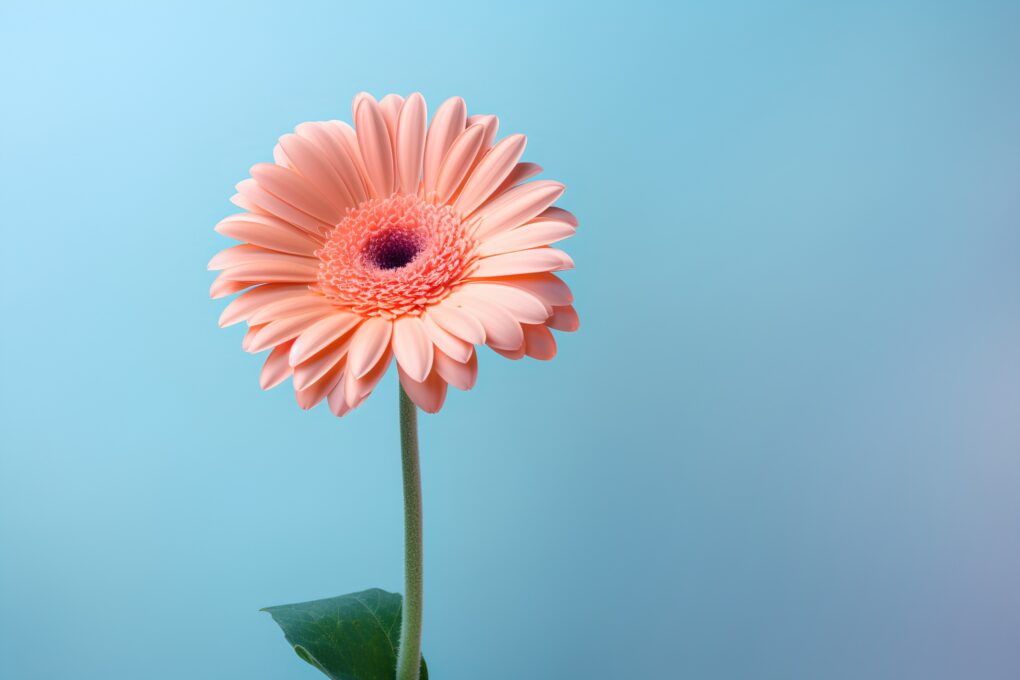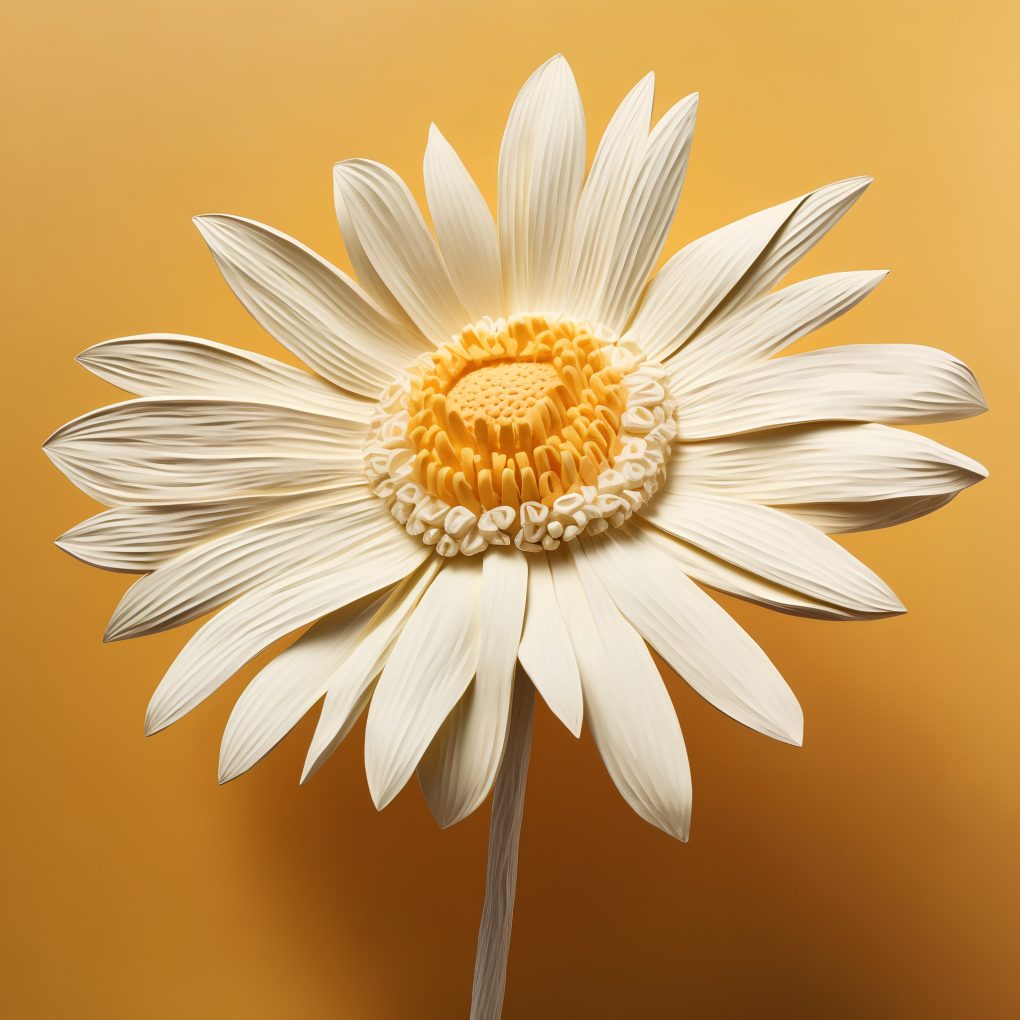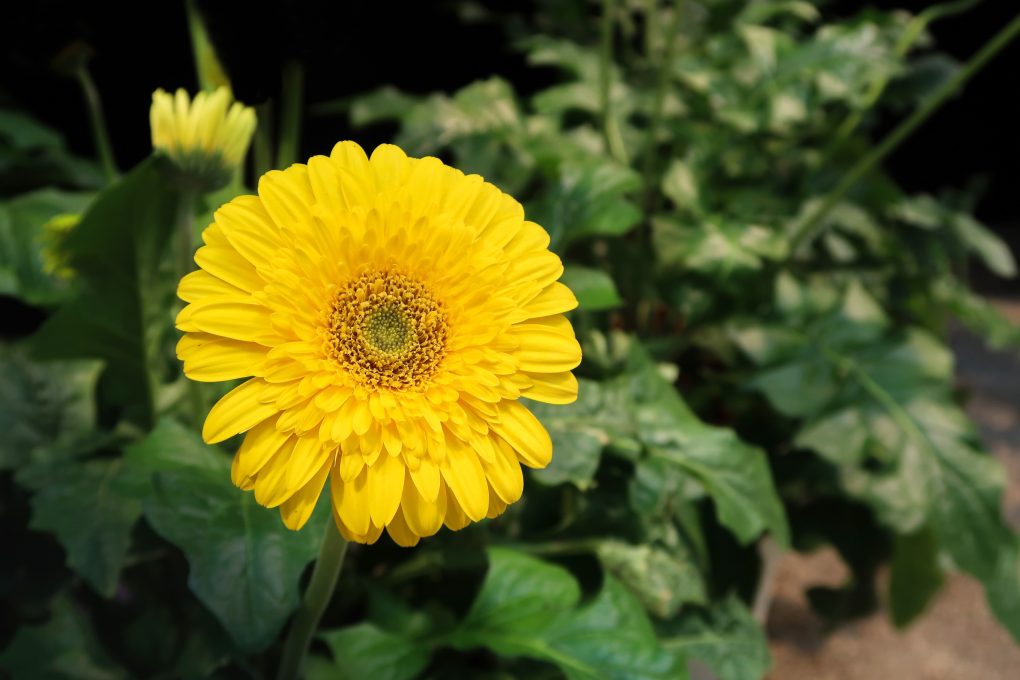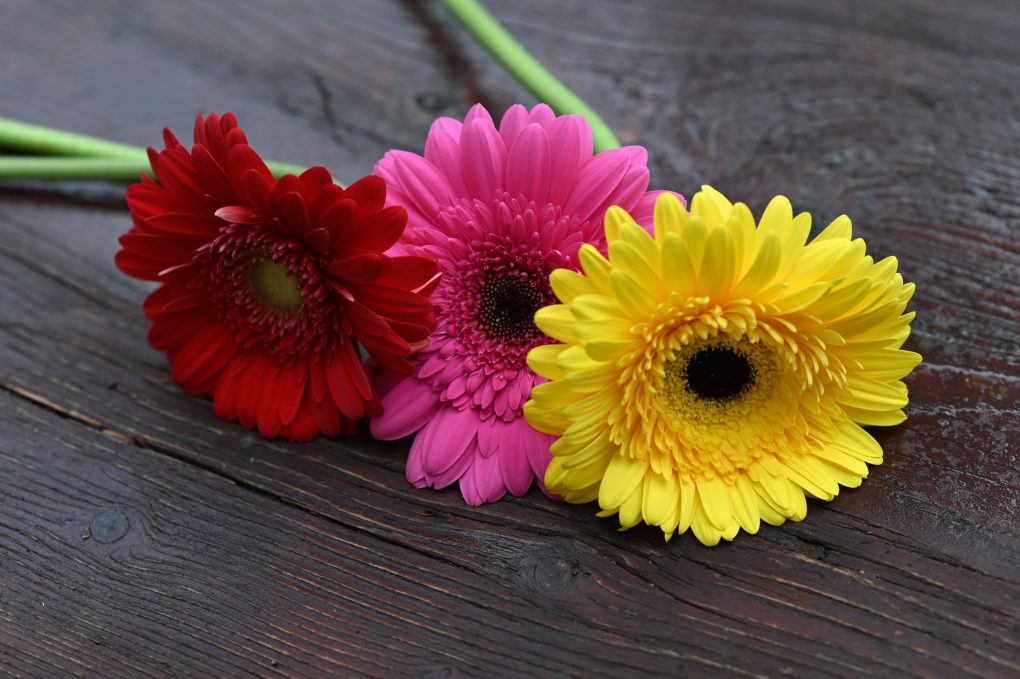Gerbera vs Daisy: Understanding the Differences and Similarities
Gerbera and daisy flowers may be mistaken for one another due to their similar appearance. While they share a similar shape and come in various colors, important distinctions exist between them. Recognizing the disparities between gerbera and daisies can assist gardeners in selecting the appropriate flower for their needs.


Table of Contents
What are Gerbera and Daisy?

Gerbera and daisies are popular flowers frequently found in gardens and floral arrangements. Both belong to the Asteraceae family, the largest family of flowering plants, but there are notable differences between the two.
Daisies, belonging to the genus Bellis, are flowering plants native to Europe and Asia, although they have been introduced to other regions. They are recognized for their white petals and yellow centers, though they exist in various colors and sizes. Daisies are commonly used in gardens, bouquets, and floral arrangements.
On the other hand, Gerbera belongs to the genus Gerbera and are flowering plants native to South Africa. They have been extensively cultivated worldwide. Gerbera are known for their large, vibrant flowers in a wide range of colors, including pink, red, orange, yellow, and white, and are commonly used in gardens, in floral arrangements and as cut flowers.
While both daisies and gerbera are well-liked flowers, they possess distinct characteristics. Daisies are generally smaller and have a simpler, more classic appearance, while gerbera are larger and exhibit a bolder, more contemporary aesthetic. Also, gerbera are typically grown annually, whereas daisies are often perennials.
Physical Differences

Gerbera and daisy, both members of the Asteraceae family, exhibit discernible physical distinctions. Here are some notable differences:
Flower Size
Gerbera daisies are typically larger than daisies. Gerberas showcase large, showy blooms that can reach up to 5 inches (12.7 cm) in diameter. On the other hand, daisies usually have smaller flowers ranging from 1 to 4 inches (2.5 to 10 cm) in diameter.
Petal Shape
Another key distinction between gerberas and daisies lies in the shape of their petals. Gerbera petals are wider and flatter, while daisy petals are more pointed. Gerbera petals also typically display greater symmetry than daisy petals.
Color Range
Gerbera daisies offer a wide spectrum of colors, including pink, red, orange, yellow, and white. They may also feature bi-colored or multi-colored petals, and are typically white with a yellow center, although some varieties may feature pink or red petals.
While gerbera and daisy may initially appear similar, noticeable physical distinctions set them apart. Gerberas generally feature larger, more symmetrical flowers with wider, flatter petals and a wider range of colors. Daisies, in contrast, usually have smaller, more pointed flowers with white or yellow petals.
Cultivation Differences
Growing Conditions
Both gerbera daisies and daisies thrive in well-draining soil with a pH between 6.0 and 7.5. Gerbera daisies prefer full sun to partial shade, while daisies prefer full sun. Gerbera daisies originate from tropical regions and require warm temperatures, while daisies are more cold-tolerant and can adapt to a wider temperature range.
Propagation
Gerbera daisies are typically propagated through division or by seed. Division involves separating the plant into
smaller sections and replanting them, while growing gerbera daisies from seed can be a slow process. On the other hand, Daisies are easily propagated through seed or by dividing the plant in early spring or fall.
Maintenance
Both gerbera daisies and daisies require regular watering, although gerbera daisies are more sensitive to overwatering and may develop root rot if the soil is excessively wet. Gerbera daisies also need regular fertilization to promote healthy growth and flowering. Daisies are more drought-tolerant and do not require as much fertilizer. Deadheading, the removal of spent flowers, is crucial for gerbera daisies and daisies to encourage continuous blooming throughout the growing season.
Overall, while gerbera daisies and daisies share similar cultivation requirements, there are differences in their cultivation practices. For example, Gerbera daisies prefer warmer temperatures, take longer to grow from seed, and are more susceptible to overwatering. On the other hand, Daisies are more cold-tolerant, easily propagated, and require less fertilizer.
Uses

Gerbera and daisy flowers have a range of applications, from ornamental value to medicinal properties. Here are some common uses for these flowers:
Ornamental Value
Both gerbera and daisy flowers are popular ornamental plants, commonly seen in gardens, parks, and floral arrangements. Gerbera flowers are prized for their vibrant colors and large size, making them visually striking in any setting. They are frequently used in bouquets and centerpieces for weddings, parties, and other special occasions. With their more traditional appearance, Daisies are often associated with innocence and purity, making them suitable for country-style gardens and floral arrangements.
Symbolism
Gerbera and daisy flowers hold different symbolic meanings in various cultures. In general, gerberas are associated with happiness, cheerfulness, and innocence. They are often given as gifts to express joy, gratitude, and friendship. On the other hand, Daisies represent purity, loyalty, and new beginnings, and are commonly used in bridal bouquets and baby showers to symbolize innocence and new life.
Medicinal Properties
Both gerbera and daisy flowers possess certain medicinal properties. Gerbera flowers are believed to have anti-inflammatory, analgesic, and antibacterial effects. They are often used in traditional medicine to treat various ailments like headaches, fever, and skin infections. On the other hand, Daisies are believed to have a calming effect on the mind and body and are frequently used in aromatherapy to alleviate stress and anxiety. However, further research must confirm these effects and determine the optimal dosage and administration.
